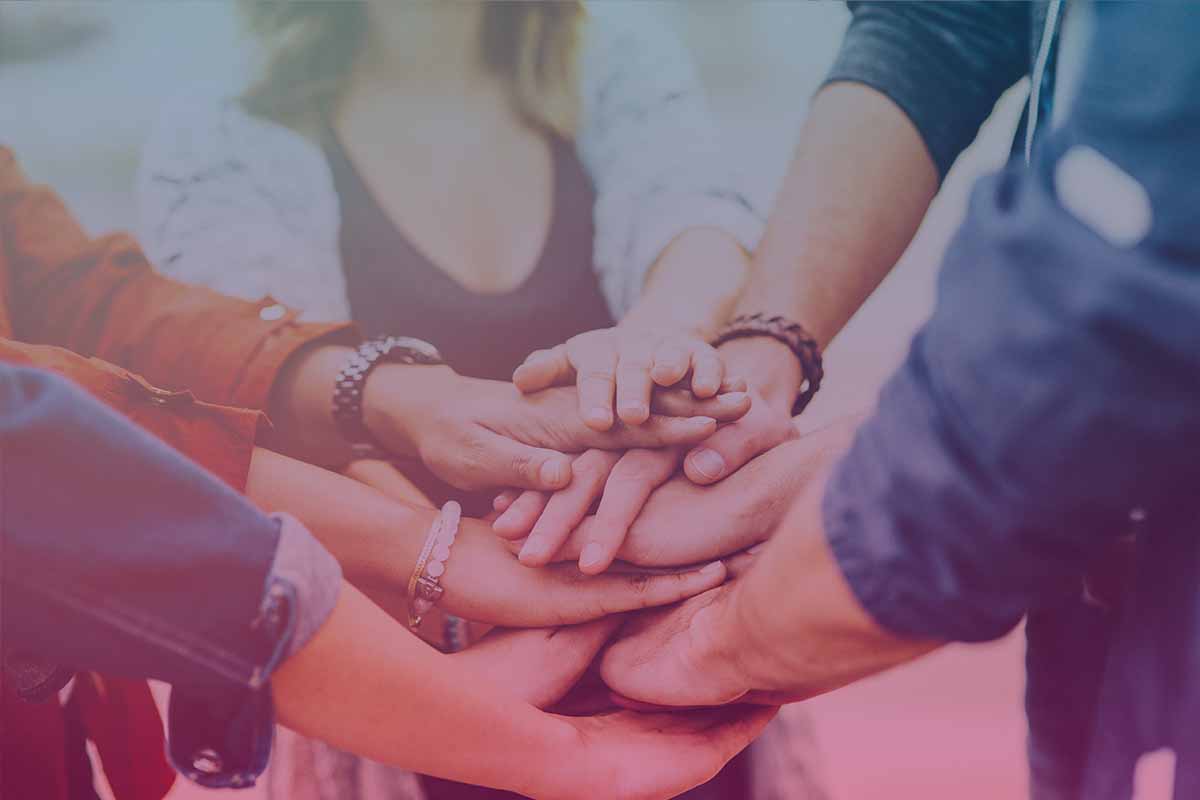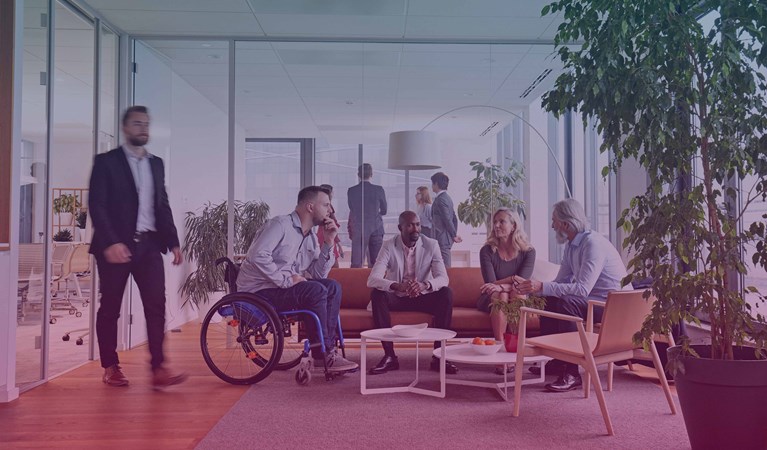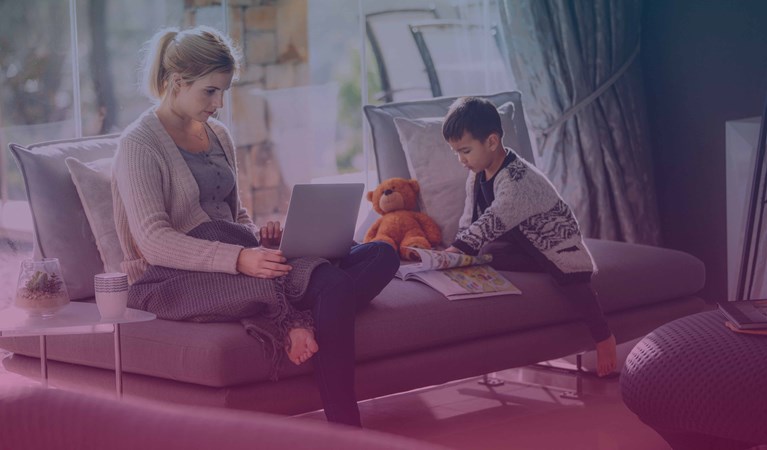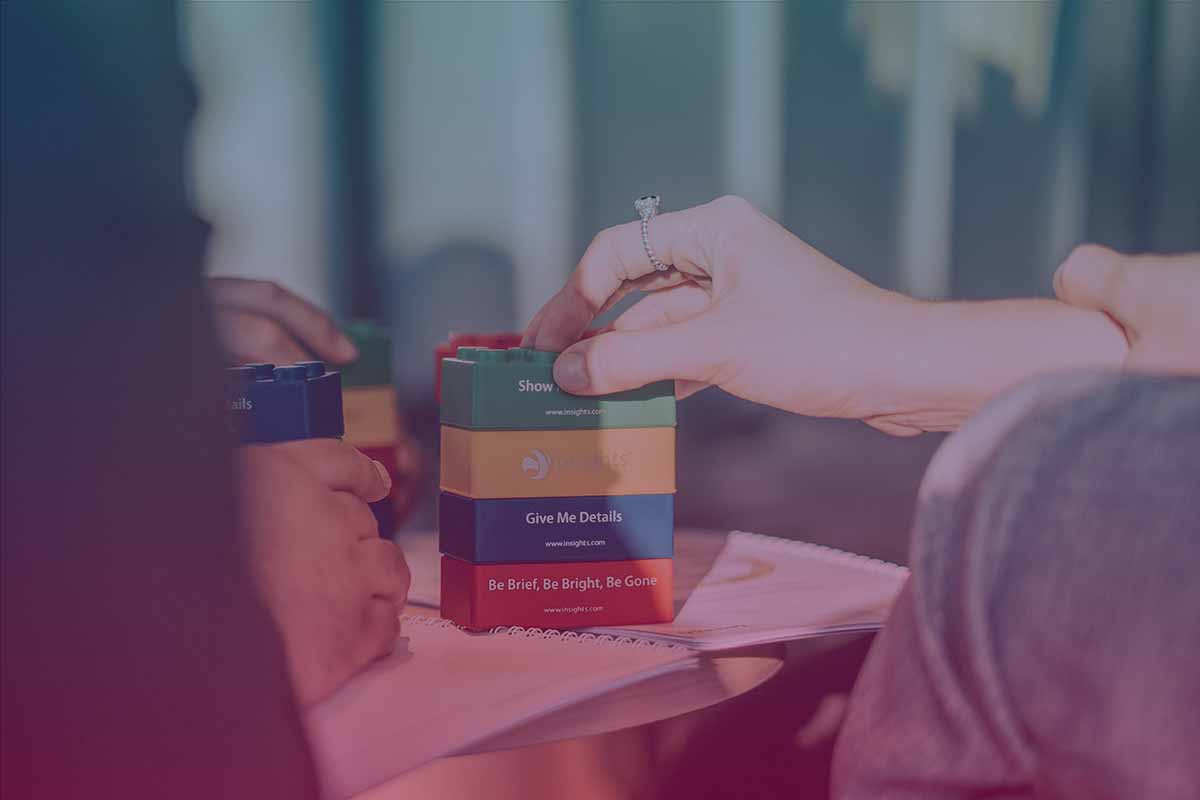What does your ideal world of work look like? Hybrid? Personalized? Democratized? A new role that challenges you, new environments and ways of working that are more flexible, inclusive, better than before? There are still so many questions about the future of work that the only certain thing is that it’s uncertain. There’s never been such a massive shakeup to the way we work. After a period of accelerating digitization plans and firefighting our way through a global pandemic, now is the time to take stock and reflect. To flex, aspire, and be who we want to be. Now is the time to create the working environments we want to see as L&D professionals, inspire what could be as leaders, and make it happen by working together as teams who are empowered to shape a better future together.
Now is the time to:

Organizations jumping ahead to practicalities like physical workspaces and productivity-based plans or bouncing back to old habits without looking at the purpose and preferences of their people are quickly losing their talent—a lack of empathy and flexibility representing some of the significant causes leading to mass resignation. Therefore, future-proofing your organization for success means not just adapting technology and skillsets but adjusting to the preferences of your people. It means to flex and personalize, adapt and democratize, putting your people in the driving seat of change. So, from the changing role of the leader to upskilling for hybrid working to looking at the future through the lens of color,* here’s a collection of guides, eBooks, white papers, and articles from our experts to help you shape the future world of work that’s right for you and your people.
Why do you do what you do every day? What values drive your people? What kind of culture unites and inspires your team? As the world and ways of working have changed, so too have the needs of customers and employees. Our research shows that 71% of people who retook their profile in 2020 changed wheel position. So, before diving into new office setups, hybrid models, and new technologies, the “what” you need to achieve and “how” – it’s essential to first look at the why. The more urgent the need for employees to upskill and adapt, the more critical it is to define your purpose and company culture, come together around a collective mission, and inspire cultural behaviors that set the tone for the future.

Elanco wanted to partner with Insights to create a vibrant and inclusive work culture across geographies, languages and hybrid working environments.
Just like the future world of work, the role of the leader is changing – fast. An appreciation for empathetic leadership during the pandemic has changed the way we see leaders, with reports revealing that lack of compassion from management was one of the driving forces leading to people leaving them. And with the future still so uncertain, we’re reliant on the vision, resolve, and resilience of leaders more than ever. Therefore, we need to equip leaders not just to manage change but also to connect with their people through empathy and awareness. Alongside the changing role of the leader exists the changing view of leadership, with organizations innovating ways of working and putting people first, standing out and succeeding the most.
Adapting to hybrid working environments, fast-changing technologies, and advanced product offerings is no easy feat, so it’s no wonder that upskilling and reskilling were identified as the top priorities for Learning and Development by LinkedIn this year. But after nearly two years of pushing leaders to record levels of burnout combined with a mass resignation, it’s no longer enough to help teams ‘survive’ changes but to empower them to ‘thrive’ in a world of work that is designed for them, not just around them. From exploring redesigning multi-functional workspaces to helping teams thrive in hybrid work environments, here’s our breakdown to help teams adapt and hit the ground running in a working world that has no intention of slowing down anytime soon...

The first in our new series on the new world of work through the lens of color.
Read more
A practical, how-to guide to help HR-managers create a climate of psychological well-being for managers, teams, and individuals.
Read more
At Insights, we use what we call color energies to help companies worldwide improve the effectiveness of individuals, teams and leaders through the power of self-awareness. What are color energies? Psychologist Carl Jung analyzed behavioral preferences and came up with three sets of dimensions that influence how we show up: the attitudinal, decision-making, and perceiving dimensions. We took this theory and developed it into an easy-to-understand, four-color model that gives people the language (and a starting point) to explore and communicate their preferences in the workplace.

From Fiery Red energy (Extroversion + Thinking), characterized by an external focus on action, independence, and rapid decision making, to Sunshine Yellow energy (Extroversion + Feeling), characterized by an outward focus on people, involvement, collaboration, and ideas, to Earth Green energy (Introversion + Feeling), characterized by an internal focus on values, relationships, trust, and support, to Cool Blue energy (Introversion + Thinking), characterized by an internal focus on knowledge, quality, reflection, and understanding - each of these four-color energies show up in each individual in different ways. While we all have a natural preference for one color energy over the others, it is the unique combination of all four color energies which creates the unique YOU.
With so much change, bringing people together through the language of color can help anchor and empower your people when they need it most. Firstly, helping them reconnect with one another after long periods apart and in new working environments. Secondly, helping them rediscover who they are as individuals after a period of extreme uncertainty and fundamental change.
To help people move from surviving a world pandemic to thriving in the future world of work, the first step is awareness. Awareness of self helps people play to their strengths and understand their unique preferences. Awareness of others helps people to communicate and connect through a sense of shared understanding. And situational awareness of the world around you and what you want to improve can help you use this opportunity to create dynamic, positive change.